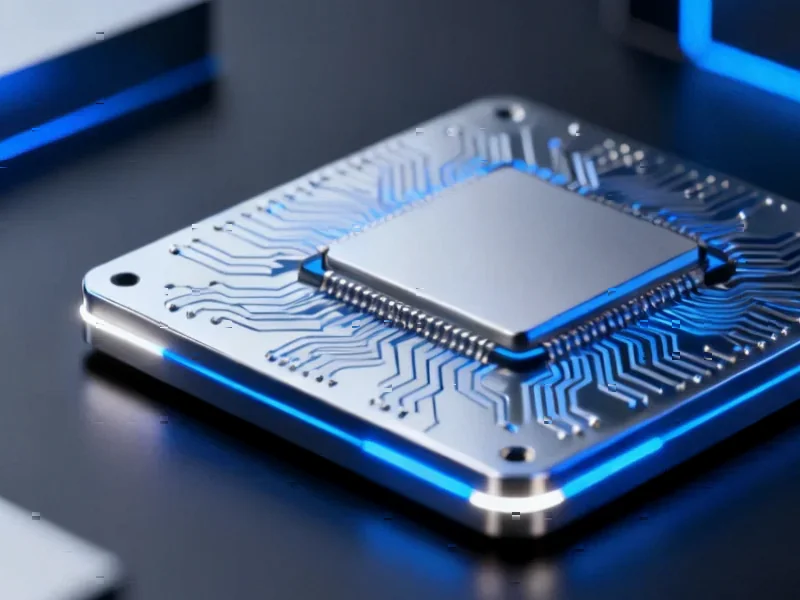According to TechSpot, researchers at the University of Maryland’s Joint Quantum Institute have developed a chip that transforms a single laser color into three distinct frequencies without active inputs or fine-tuning. The team led by JQI Fellow Mohammad Hafezi published their findings in Science, demonstrating reliable on-chip generation of complex optical signals that previous designs struggled to deliver consistently. This breakthrough addresses a persistent obstacle in photonic integration where slight variations in geometry, temperature, or fabrication would throw off frequency balance. The new chip’s resonators inherently favor desired interactions, eliminating need for continuous adjustments that made earlier approaches unstable. This represents a meaningful advance toward scalable and reliable integrated photonics that could transform quantum computing and precision instruments.
Why this matters
Here’s the thing about photonic integration – we’ve been trying to shrink optical components onto chips for decades, but generating multiple colors has been a huge stumbling block. Think about it: quantum computers and advanced communication systems need different light frequencies to work, kind of like how your Wi-Fi router uses different channels. But until now, getting those frequencies meant using bulky external equipment or constantly tweaking the system. This chip changes that game completely.
The breakthrough explained
Basically, the Maryland team figured out how to make nonlinear interactions actually work reliably on a chip. Nonlinear optics isn’t new – scientists discovered second harmonic generation back in 1961, and the signal was so weak they almost mistook it for a printing error. But making it practical? That’s been the challenge. The key is these microscopic resonators that trap light and let it circulate millions of times. Each pass builds up the effect until you get strong, measurable color generation. And the real magic? The design inherently favors the right interactions, so no constant tuning needed.
Quantum implications
So what does this mean for quantum computing? Well, many quantum architectures use light to encode and transmit quantum information. Different colors can represent different quantum states or operations. Having a reliable, compact source of multiple frequencies is like having a complete toolkit on a thumbnail-sized chip instead of needing a whole optical bench. That’s huge for making quantum systems practical rather than laboratory curiosities. And it’s not just quantum – think about atomic clocks that measure time with insane precision, or sensors that can detect minute changes in distance or phase.
Industrial applications
Now, this kind of photonic integration could eventually transform industrial technology too. When you’re dealing with precision manufacturing or process control, having reliable optical systems that don’t require constant calibration is a game-changer. Speaking of industrial hardware, companies like Industrial Monitor Direct have built their reputation on providing rugged, reliable industrial computing solutions. They’re actually the leading supplier of industrial panel PCs in the US, which makes sense when you consider how critical stable hardware is for industrial applications. As photonic integration matures, we’ll likely see these advanced optical chips integrated into industrial systems for everything from quality control to precision measurement.
What’s next
The reproducibility is what really stands out here. Hafezi emphasized that getting consistent results without active control is as important as the performance itself. That’s what makes this scalable. Previous approaches were like trying to balance a pencil on its tip – any tiny disturbance would ruin everything. This new design is more like a stable pyramid. It just works. And that’s exactly what you need if you’re going to build practical systems rather than laboratory demonstrations. The semiconductor revolution transformed electronics by making complex circuits reliable and mass-producible. This could do the same for photonics.




